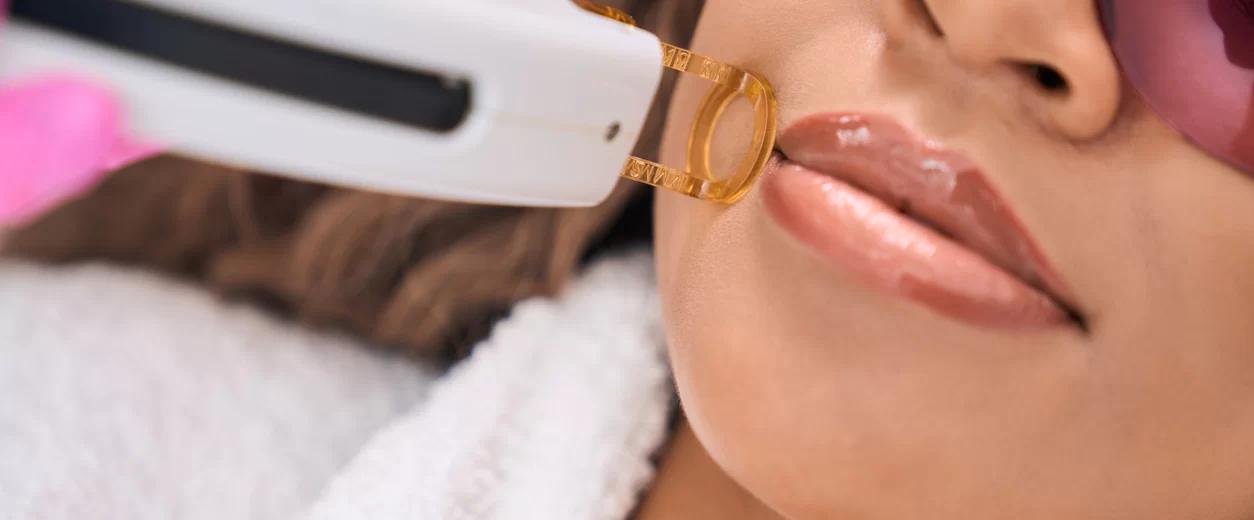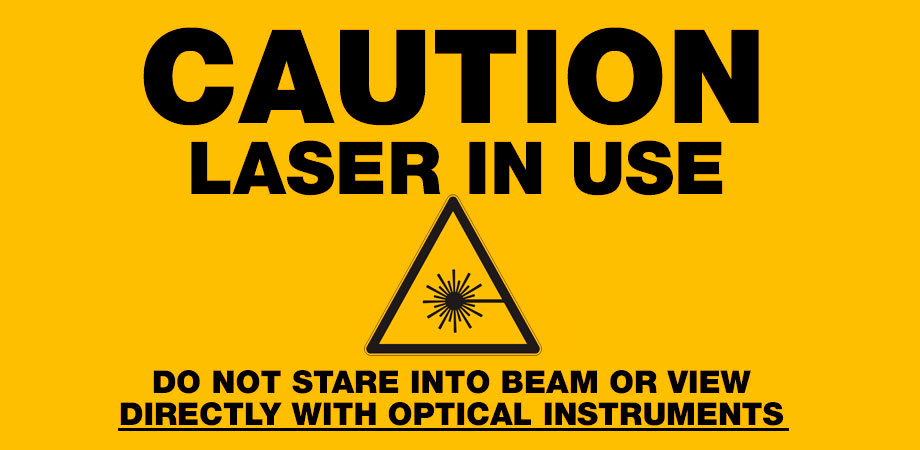How Does Safe Low-Level Laser Therapy (Lllt), Also Known As Low-Level Laser Therapy, Assist With Ulcerative Boils? Safe Laser Low-Level Laser Therapy (LLLT) assists in treating wounds that are ulcerative by stimulating the repair of tissues. LLLT stimulates cellular metabolism and accelerates regeneration and repair of tissue. It stimulates fibroblast, collagen and angiogenesis processes (formation of blood vessels) which are all essential for healing of wounds. It can help accelerate the healing process of ulcerative injuries.
Reduction of Inflammation – LLLT is anti-inflammatory through the inhibition of cytokines which cause inflammation and encouraging mediators to reduce inflammation. LLLT has anti-inflammatory effects in ulcerative lesions, where inflammation may delay healing or cause tissue damage.
Pain Relief – LLLT reduces pain and inflammation in ulcerative lesions that may cause discomfort and substantial discomfort.
Enhanced Circulation – LLLT enhances vasodilation, microcirculation and blood flow. The improved blood circulation supplies oxygen and nutrients to tissues, which aids in healing and facilitating the removal of toxic waste and waste products from the area of wound.
LLLT is antimicrobial that reduce the possibility of infections on ulcerative sores. LLLT is able to reduce wound infections by preventing further colonization and promoting bacterial elimination.
Reduced Scar formation Reduction of Scar Formation LLLT can help minimize scarring from ulcers, by promoting tissue remodeling and regeneration. Through stimulating the production of collagen fibers and promoting the aligning of collagen bundles LLLT can help produce larger scar tissue that is more organized which can lead to better cosmetic outcomes.
Overall, Safe Laser low-level laser therapy offers a non-invasive and drug-free approach to managing ulcerative wounds which promotes quicker healing, less pain, and improved overall wound healing. Consult a health care professional prior to utilizing LLLT on ulcerative lesions. Read the recommended
safe laser 1800 for more recommendations including lágylézer készülékek, safe laser kezelés budapest, lágylézer kezelés, lézer bérlés, lágylézer készülék bérlés, lágy lézer kezelés, safe laser kezelés budapest, gyógyító lézer, lágylézer készülék bérlés, lágylézer hatása and more.
 What Are The Advantages Of A Safe Lasers For Ear, Nose, Throat And Sinus Problems?
What Are The Advantages Of A Safe Lasers For Ear, Nose, Throat And Sinus Problems? Safe Laser low-level laser therapy (LLLT) can help with numerous ear, nose and throat (ENT) problems through several methods: Reduced Inflammation LLLT has anti-inflammatory effects, which can help reduce inflammation in the tissues that line the ear, nose, and throat. This is beneficial for sinusitis and rhinitis.
Pain Relief – LLLT is effective in relieving the pain associated with sinus pressure, earaches, and sore throats.
Increased Tissue Regeneration LLLT increases cellular metabolism, which leads to accelerated tissue regeneration and repair. LLLT could aid in faster healing for ENT ailments, like Otitis media (middle ear infections) or pharyngitis.
Improved Blood Circulation- LLLT enhances microcirculation and vasodilation which results in greater blood flow to the affected area. Increased blood flow could aid in healing and reduce inflammation by increasing the amount of oxygen and nutrients.
Antimicrobial effects - LLLT was shown to possess antimicrobial properties. This can help reduce viral and bacterial burdens in the throat and nasal passages. This can be helpful in treating infections such as sinusitis or tonsillitis.
The relief of allergic symptoms - LLLT can help relieve symptoms that are associated with allergy rhinitis as well as hay fever by reducing inflammation in the nasal passages. This can reduce nasal congestion, itching and nasal sneezing.
Tinnitus Management - LLLT is being researched as a possible treatment for Tinnitus. Tinnitus is characterized by the sound of a buzzing or ringing within the ear. LLLT although not entirely researched, could increase blood flow to the auditory system and decrease inflammation, resulting in reduced tinnitus.
Secure Laser low-level laser therapy is a non-drug, non-invasive way to treat ear, nose and throat conditions. It relieves pain and accelerates healing. Before applying LLLT to treat ENT problems, you should seek out an ENT specialist for an accurate diagnosis and treatment plan. See the most popular
lágylézer for site examples including lágylézer kezelés, laser lézer, laser lézer, laser hu, lágylézer vásárlás, lágylézer kezelés árak, orvosi lágylézer, laser lézer, lézeres fájdalomcsillapítás, lágylézer kezelés budapest and more.
 What Is The Time It Takes For The Safest Laser Device To Effect Wound Healing?
What Is The Time It Takes For The Safest Laser Device To Effect Wound Healing? The efficacy of Safe Laser low-level laser therapy (LLLT) to heal wounds is contingent on aspects like the nature and extent of the injury, the patient's overall health, as well as their reaction to treatment. Generally, a number of LLLT treatments spread over a specific duration of time is recommended to achieve optimal wound healing.
Type and severity of wounds - The kind of wound and the severity can impact the number of LLLT sessions required. The smaller, less severe wounds may require less sessions as compared to larger or more serious wounds. In addition, chronic or subclinical wounds might need more appointments.
The wound healing stage will also influence the quantity of LLLT treatments needed. Different phases of healing, like inflammation and proliferation, or remodeling, may require a different treatment method. LLLT may be used throughout the various phases of healing in order to encourage tissue repair and regeneration.
Individual Response to Treatment- Personal factors like overall health, immunity function, and healing capacity may affect how well a person responds to LLLT to heal wounds. Certain people may react faster to treatment and see quicker wound closure, whereas others may require more prolonged treatment.
Treatment Protocol - The treatment protocol prescribed by a medical professional will be a key factor in determining how many LLLT sessions are necessary to aid in wound healing. Healthcare providers can tailor treatment plans that meet the individual needs of each patient. This might involve scheduling LLLT treatments at least once every week, or at specified intervals for a longer time duration.
While some individuals may experience improvements in wound healing after only one or two LLLT sessions, some may require a longer-term treatment plan to get the best outcomes. If you're looking to fully reap the benefits of LLLT to heal wounds, it's essential that you follow the instructions of professionals. It is also important to monitor the progress of the wound and talk to the healthcare professional to ensure the proper treatment of the wound and any necessary changes to the therapy program are implemented.